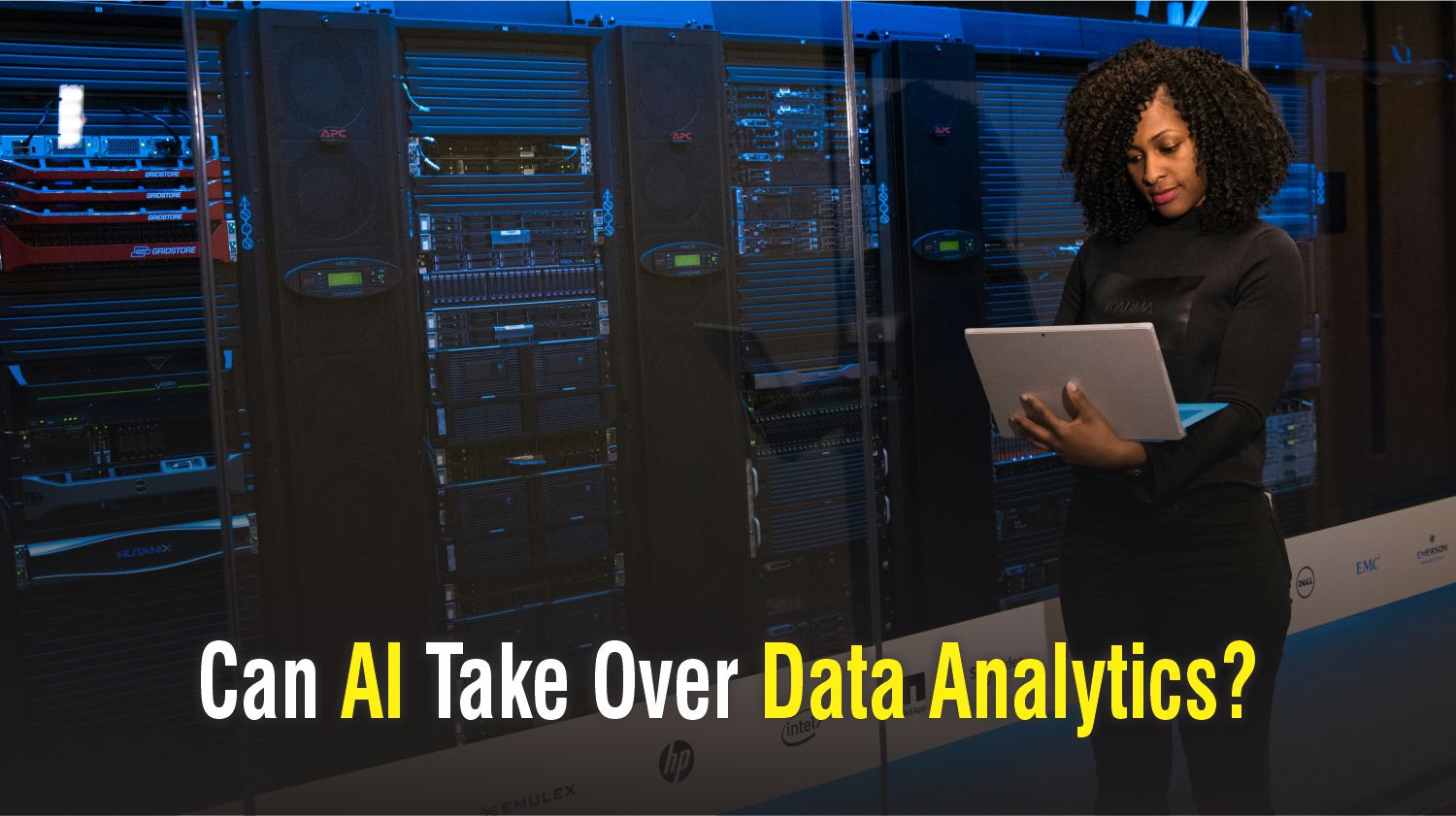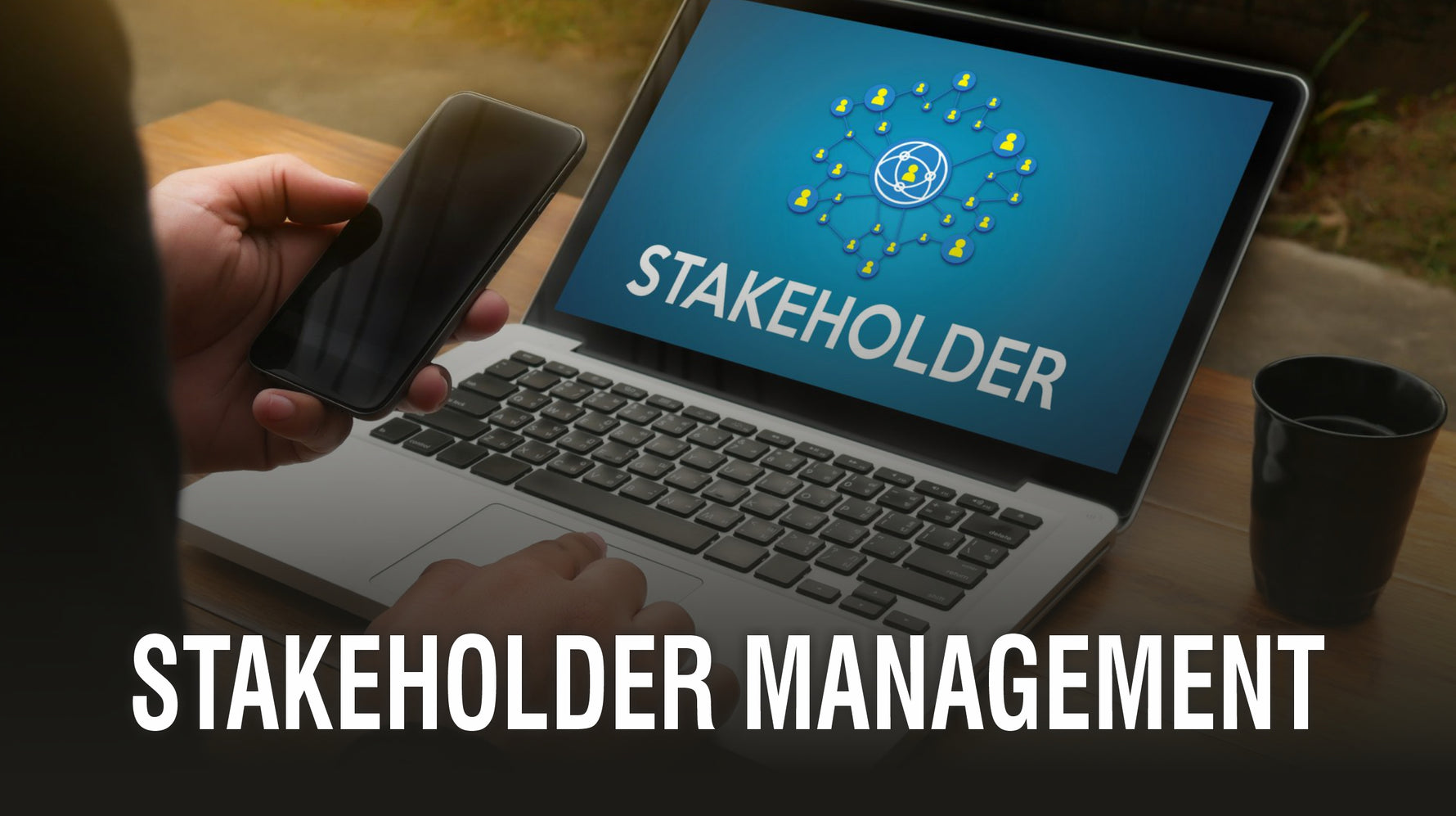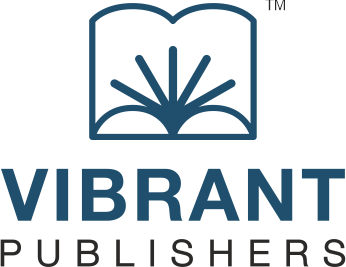Introduction to Supply Chains and Operations Management
The concept of a ‘supply chain’ is not new. However, in the 21st-century workforce, increasing attention is being paid to the numerous processes and activities underlying the overarching term of ‘supply chain.’ Broadly, the term “supply chain management” refers to the centralized management of the flow of goods and services. All the processes and activities involved in transforming raw materials into a final finished product fall under the domain of supply chain management. As Jason Fernando aptly states in Supply Chain Management on Investopedia.com, “SCM oversees each touchpoint of a company’s product or service, from initial creation to the final sale.” Supply Chain Management (SCM) also involves managing the ‘network’ of relationships between a company and its suppliers that exist to produce and distribute a product or a service.Efficient supply chain management can cut costs, identify and stop up gaps in the supply chain, and reduce the number of interlinks in the chain. This blog takes a look at the major aspects of supply chain management, including what it is, the functional areas it deals with, and why supply chain management is needed in the industries of today.The following topics are covered in this blog:
Introduction to Supply Chains and Operations Management
Changes in the Supply Chain Post Covid
Who Needs to Know About Supply Chain and Operations Management?
What are the functional areas within Supply Chain Operations?
What are the Supply Chain Management Challenges Faced by Different Industries?
Key Skills Needed for Supply Chain Operations Professionals
How Do You Gain Supply Chain Management Skills?
How Will Vibrant’s Operations and Supply Chain Management Help?
About Ashley McDonough, Author of Operations and Supply Chain Essentials
Expert Reviews on Operations and Supply Chain Essentials You Always Wanted To Know
How to Order Operations and Supply Chain Essentials You Always Wanted To Know
Changes in the Supply Chain Post Covid
The covid-19 pandemic brought about a series of supply and demand shocks that left the supply chains of the world with serious gaps or even rendered defunct. With businesses grinding to a halt, the ‘wheels’ of these businesses stopped turning. For the first time, people began to realize what exactly kept businesses up and running. In this fast-paced world where everything hinges upon the smooth and efficient delivery of goods and services, effective supply chain management during such a crisis becomes very important, both for supply chain managers as well as the people that work in supply chain operations. Harvard Business Review says, in its article on Global Supply Chains in a Post-Pandemic World, that it is important to identify vulnerabilities as “a surprise disruption that brings your business to a halt can be much more costly than a deep look into your supply chain is.”
Additionally, due to the 21-century digital transformation of businesses, the logistical components of supply chains now have new aspects like cloud technology and remote warehouse controls that need to be taken care of. Digitization has brought in new challenges for the components of the supply chain, yet at the same time, it also presents new opportunities for advancement and efficiency. New managers and recruits will have to adapt and learn to accommodate these new technologies as they respond to the challenges of the pandemic and the issue of creating and managing a sustainable, long-term framework of suppliers, activities, resources, and information.
Who Needs to Know About Supply Chain and Operations Management?
Given the huge importance of supply chains and operations management, knowing exactly what it entails is essential. Today, supply chain management is needed within every field and in every industry. Without supply chain management, orders could get delayed or cancelled, costs could spiral out of control, and production could grind to a halt, as we have seen above. A breakdown in one link of the chain would result in a domino effect that could eventually topple the entire industry—and could potentially even leave effects on the economy. remember the Ever Given incident which delayed shipments around the world? That’s just one specific example of what could happen when even a single process breaks down.
Knowledge of supply chain management, therefore, is not just necessary for professionals who handle the overall management of supply chains, but also individuals specializing in specific aspects of supply chain operations.
What are the functional areas within Supply Chain Operations?
Business Strategy
Before planning starts, every organization sets out its business strategy. This strategy defines what needs to be done to fulfill customer needs, remain competitive in the market, and achieve the overall goals of the business. Setting out a business strategy is important as it identifies the specific parameters along which the goals of the organization are to be achieved. After an overall strategy is identified, the specific steps required to fulfill the strategy can be set out, which is usually done in the next step—the planning process.
Planning
Proper planning is a prerequisite before one can think of achieving business goals. Planning ensures that the right type and amount of resources are being utilized to create a specific number of products. There are many aspects of planning, including master scheduling, forecasting, material planning, production planning, and inventory planning. This is an important stage for every industry, as determining the exact number of resources that are required depends on the accurate forecasting of consumer demand.
Procurement and Sourcing
Procurement is the sum total of processes that involve sourcing and purchasing and it is what actually initiates the supply chain processes. Once an order is placed by a consumer, sourcing determines where the products allocated to the consumer come from—either from inventory or a newly manufactured product. Here, identifying requirements and inputs to make the finished product takes place, as well as negotiating contracts with vendors and suppliers. The process of choosing supplier, therefore, takes center stage in this functional area. There are certain sets of parameters or specific criteria that needs to be defined and put in place, against which a supplier is selected.
Manufacturing
Manufacturing is the stage where the actual product comes into being. It incorporates components like labor, raw material, tools and equipment to create a finished product that generates revenue. Manufacturing involves several practices, i.e., quality requirements, and processes, i.e., sequence of operations, to create the output. These practices and processes vary from product to product and industry to industry. Here, research and development comes into play to identify the manufacturing methods and methods of incorporating the raw materials and inputs to create the final output.
Quality
Quality refers to certain sets of standards that a product has to fulfill at every level before it can be deemed as safe to use by the end consumer. These involve regulatory, safety, and sustainability standards. Quality programs consist of standard operating procedures, vendor qualifications, regulatory oversight, quality metrics, audit and inspections, etc. As a whole, quality management involves making sure that specific standards are met are every level of the manufacturing process.
Distribution
The last stage of the supply chain is distribution, which falls under the domain of logistics. Distribution involves the delivery of physical goods to customers through a retailer, wholesaler, or direct consumer selling approach. The two major aspects of logistics are warehouse management and transportation. The goods pass through several levels of intermediaries before they reach the final consumer. Companies need to formulate distribution strategies that match the changing demands of consumers and how they want access to products—for example, through online or offline portals.
End consumer
After all the planning, manufacturing, quality standards, and distribution processes take place, the final consumer is able to buy the product from their grocery stores, local markets, or supermarkets. Thus, supply chain management is the sum total of all the above functional processes that take place before the product is placed in the hands of the consumer.
What are the Supply Chain Management Challenges Faced by Different Industries?
Almost every industry has some variation of a supply chain that works behind the scenes to ensure that the goods get delivered to the right consumer at the right time. As we have seen above, supply chain management consists of several aspects—planning, procurement, inventory planning and management, sourcing, etc, which create different constraints and challenges for different industries. Let’s look at some industries and why supply chain management is essential for them.
Supply Chain Management in Aviation
In the aviation sector, effective supply chain management is necessary to cut down on maintenance and operation costs. This sector handles a lot of capital-intensive components, which leads to the challenge of accurately tracking and recording inventory. The key component is forecasting consumer demand as accurately as possible so that logistics such as hangar space requirements and aircrafts can be taken care of. What makes these processes difficult to coordinate is that the aerospace supply chain handles suppliers (and customers) across different geographies and timezones. All processes need to be optimized and streamlined to ensure that there are no bottlenecks and disruptions to the supply chain. Here, supply chain management comes into play—adopting digital strategies and ‘insourcing’ crucial processes of the supply chain. The major challenge is cutting down on the number of links and processes of the chain and ensuring a faster delivery of services and ultimately, additional value to customers.
Supply Chain Management in Manufacturing
In the manufacturing industry, supply chain management is essential to ensure that production continues smoothly without any breakdown in the links of the chain. To remain competitive in local and global markets, manufacturers have to make sure that the production process—and the distribution process as well—is as cost-effective as possible. Supply chain management in this industry involves efficient management and delivery of inputs to streamline the process of production so that time-sensitive orders are fulfilled and dispatched to the customers. Effective supply chain management will prevent product and shipment delays and provide a smooth experience for customers. Overall, a proper manufacturing SCM methodology is needed to minimize the risk of mistakes and provide a smooth series of stages for the development of the product.
Supply Chain Management in Food Processing
In this industry, supply chain management is necessary to safeguard the quality of the products. Technologies like cloud computing and predictive analytics technologies are increasingly being used for forecasting the amount of inventory needed and the food processing equipment required, as well as the maintenance of the existing equipment. In order to adhere to food safety guidelines and reduce food waste, supply chain management practices have to be sustainable. Warehousing and storage become crucial stages of the supply chain which have to be organized and planned on the basis of current and future consumer demand.
Supply Chain Management in Hospitality
In the hospitality industry, inventory management and procurement become key areas of focus, especially with the large global footprint the industry has. The challenges of maintaining a competitive advantage take center stage in this sector, mainly because of its labor-intensive nature. Customer service activities are considered to be vital, while other activities are not given so much importance. Supply chain management can help address one of the major issues faced by the hotel industry—purchasing too many stock-keeping units (SKU’s) that leads to escalating purchase costs. Efficient supply chain management systems can help in coordinating customer’s demand requirements and identifying long-term supplier networks to increase the operational effectiveness of this industry.
Supply Chain Management in Cosmetics
The cosmetics industry is a trend-based industry and hence the challenge of being on top of consumer trends results in ever-changing product offerings. Here, product offerings involve sensitive inputs, testing procedures, and raw materials. Additionally, a proper product delivery lifecycle needs to be in place to ensure that aspects like quality control are fulfilled. Supply chain management in this industry involves coordinating logistics that have to fulfill a list of legal and mandatory requirements related to weather, temperature, humidity, etc. Traceability becomes a challenge, as consumers demand accountability for the ingredients used and the production processes utilized. Here, the functional area of quality management has central importance and cannot be overlooked.
Key Skills Needed for Supply Chain Operations Professionals
Having looked at the importance of supply chain management, the next question that comes up is: What are the skills needed to become a leader in SCM? The core competencies for supply chain professionals keep changing as technologies, ideas, and consumer preferences change. The following skills have been adapted from Core Competencies Every Supply Chain Manager Needs at Inbound Logistics. Let’s take a look at these skills below:
Global Leadership
Global leadership involves bringing together a vast amount of people, departments, and functional areas to facilitate an effective product manufacturing and delivery life cycle. There are a large number of stakeholders pertaining to different aspects of the supply chain. Here, fluid collaboration becomes a key component of effective leadership skills. As partnerships extend beyond regional, geographic, and organizational boundaries, leadership will involve coordinating many aspects of the SCM framework and ensuring that decisions are made keeping in mind the competitive advantages of every stage of the supply chain cycle. Additionally, opportunities for leadership do not just present themselves at the top tiers of the organization but are available at every stage of the supply chain cycle.
People Management
Managing the human resources of an organization is already a complicated process, but people management in supply chain management goes beyond the management of human resources. Supply chain operations professionals need to deal with a large network of operations managers, suppliers, and consumers. Knowing how to build teams and maintain professional relationships becomes a much-needed people management skill. Relationship-building goes beyond the organization in supply chain management, so one needs to convince people to work together despite clashing priorities. What supply chain operations professionals require, therefore, is the ability to bring out the best in people, as well as the tact of handling situations with diplomacy yet firmness.
Decision-making
Supply chain management processes generate a large volume of data, both internally and externally to the organization. Decision-making analytical skills can help in combining this data and using it to make informed, intelligent decisions. The challenge here is knowing what data will be useful and how to incorporate it within current and future business strategies. There is also the tendency to over-analyze data to suit a particular perspective or point of view, which is what professionals should avoid. Supply chain professionals require the technical and intellectual know-how that will enable them to make decisions and account for those decisions.
Strategic Communication
Strategic communication is the essence of people management and leadership skills. Knowing how to negotiate is an important skill that supply chain professionals require to succeed. In supply chain management, professionals handle internal as well as external transactions, so the skill of negotiating terms and finding the best contracts requires a good base of communication skills. Securing IT procurement services, finalizing logistics contracts, and acquiring business mergers, for example, require strong negotiation, persuasive, and relationship management skills.
Project Management
Project management skills consist of personal organization skills, the ability to handle a large volume of incoming and outgoing data, managing budgets and resources of departments and teams, and planning and tracking various schedules. Project management is crucial in every industry, but it is an indispensable component of supply chain management. Supply chain professionals work on multiple projects at a single point in time, most of which are subsets or overlaps of other projects. Thus, flexibility is another skill component of project management that professionals require. With effective project management also comes risk management—knowing to analyze project proposals and make the right decision that will add to cost efficiency and increased revenues.
How Do You Gain Supply Chain Management Skills?
New recruits starting work in the field of supply chain operations might feel daunted by the complex nature of this interconnected world of supply chain management. However, having a good foundational understanding of the concepts of supply chain and operations will help them transition to more complex skill sets and job responsibilities. The supply chain management skills described above may seem difficult to acquire, but it is not impossible. There are numerous courses offered in specialized as well as general domains of supply chain management, as well as books and reference material on the topic, that teach you all you need to know about the foundations of this field. The major aspects of supply chain management—planning, procurement, inventory management, etc. mentioned above are discussed in detail in the book, Operations and Supply Chain Management Essentials You Always Wanted To Know.
How Will Vibrant’s Operations and Supply Chain Management Essentials You Always Wanted To Know Help?
Operations and Supply Chain Management Essentials You Always Wanted to Know equips managers, industry leaders, and individuals working in supply chain operations with the knowledge and skills they require to handle complex supply chain and operations jobs. This book is a practical and informative guide that uses the example of a hypothetical company—CTC Scissors Co.—and the product they make—a pair of basic scissors—to explain how the various functions of the supply chain intertwine to bring the product to life.Throughout the book, Author Ashley McDonough takes the reader on a journey into the world of supply chain and operations with the example of a pair of scissors. Every part, process, and activity of the supply chain is explained in an engaging, and interactive way that simplifies the complexity of the topic and makes it easy for a non-technical audience to understand. At the end of the book, the reader will be able to understand the concepts of supply chain and operations management and why this field is so important in the world today.
About Ashley McDonough, Author of Operations and Supply Chain Management Essentials
Ashley McDonough is a Supply Chain and Finance professional who holds an MBA from the Hong Kong University of Science and Technology. Having worked in various supply chain functions like planning, manufacturing, logistics, and project management, she is amply qualified to elaborate on the complexities of supply chain management. Additionally, she has multi-faceted industry experience in the spheres of electronics, FMCG, banking, retail, apparel, and much more. She has incorporated her diverse industry and work experiences from across the globe into this practical, simple, and easy-to-understand book.
Expert Reviews on Operations and Supply Chain Management Essentials You Always Wanted To Know
“I had the opportunity to read “Operations and Supply Chain Management Essentials You Always Wanted to Know”. Supply chain and operations management are technical concepts and usually very difficult to be expressed on paper in a communicative way. This book is able to do that by adopting “user-friendly” and “not too technical” language, without losing the rigor that characterizes these disciplines.
Following the SCOR model, the book navigates through the main concepts of planning, sourcing, making, and delivering. It concludes with concepts about supply chain strategy & design and futuristic supply chain trends. The ability to communicate such broad content by condensing intense information and integrating it with industrial examples & real cases is a plus of the book.
In synthesis, the author succeeds in making operations, supply chain management, and logistics quite understandable to a non-technical audience, without losing the OSCM technical soul. The pair of scissors metaphor, particularly, is a great example (used from start to finish) that I will definitely propose to my students!”
-Andrea Patrucco, Ph.D., Assistant Professor of Supply Chain Management, The Pennsylvania State University
“A good balance of theory and practicality.
I’m an operations director, and I wanted to learn a bit more about supply chain management without taking a course or going too technically into the details. McDonough has provided an informative yet readable book on the subject. Some of the approaches felt like an MBA case study, and I appreciated that. I like that McDonough follows the production pipeline of scissors, as this was an easy-to-understand process with details on how to structure and improve the operations and supply chain process. The book provides a comprehensive overview yet also goes into detail appropriately. The strategist in me really enjoyed the Planning and Control Systems chapter. Overall, McDonough provides a good balance of theory and practicality. I recommend this book both to students and practitioners.”
-Henry C. Alphin Jr.
Higher Education Administrator, Researcher, and Economic Development Professional
How to Order Operations and Supply Chain Management Essentials You Always Wanted To Know
Order Operations and Supply Chain Management Essentials from our website or from Amazon.com.
Happy Learning!


















